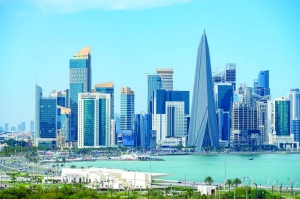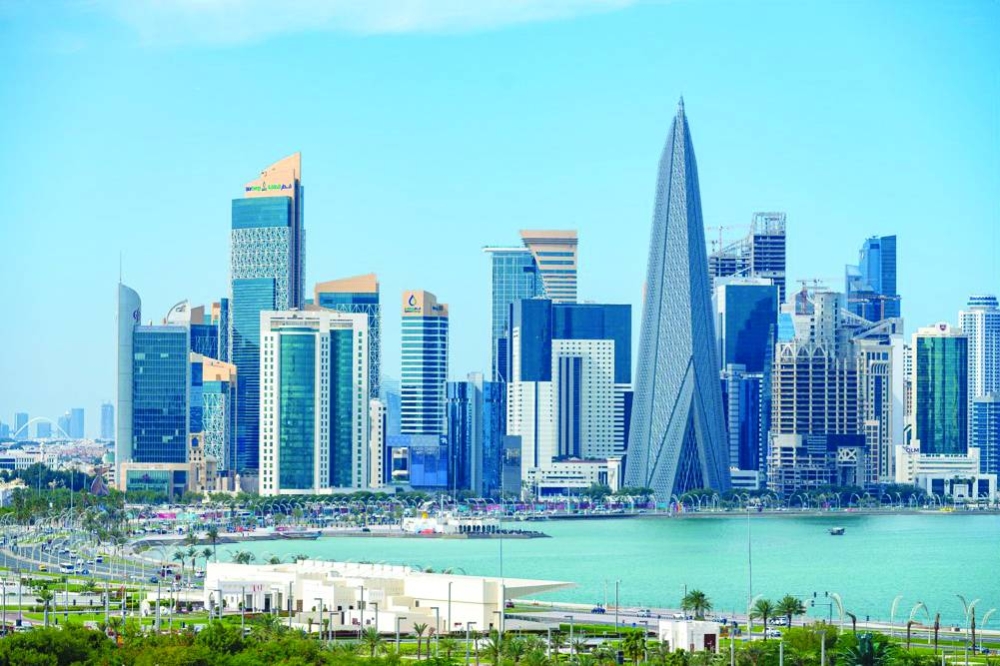Qatar spearheads action to manage climate change-related risks: Al-Attiyah Foundation


To increase self-sufficiency and address climate risks to the agricultural sector, Qatar has implemented measures such as efficient water-conserving irrigation techniques and advanced cooling technologies to reduce food losses and ensure sustained food availability, it said.
In 2019, Qatar announced the commissioning of a carbon storage plant, the largest of its kind in the region. It aims to capture over 5mn tonnes of CO2 per year from Qatar’s LNG industry by 2025.
According to its Nationally Determined Contribution (NDC), Qatar has undertaken measures across various sectors, including retrofitting aerators in governmental facilities, switching to treated sewage effluent for irrigation, utilising recycled water in district cooling and construction, and constructing drainage systems.
The NDC highlights openness to international co-operation through technical assistance and capacity-building in sustainable technologies.
Countries within the Middle East are implementing a wave of mitigation techniques to offset the effects of anthropogenic climate change on their population, the latest Al-Attiyah Foundation sustainability research paper titled ‘Race to Climate Resilience: Front-Runners and Laggards in Advancing on Adaptation’ said.
The GCC countries offer a unique lens through which to examine the intersection of high-income status and vulnerability to climate change.
As nations recognised by the World Bank for their high-income status and boasting a combined GDP exceeding $3.5tn, the GCC countries, as leading oil producers and exporters, present an intriguing case study in managing climate change impacts in affluent regions, the report said.
Much of the Gulf region is already experiencing rising temperatures, unpredictable and extreme weather patterns, and water scarcity due to climate change that pose risks to human health and livelihoods and threaten economic stability.
Record high temperatures have already been observed, reaching up to 53.9°C in Kuwait in 2016, an Asian record level; and early summer heat waves exceeding 50°C in Oman and the UAE.
Even if global warming is limited to an increase of 2°C compared to pre-industrial temperatures, temperatures in the Gulf region are expected to rise far beyond this, with some climate studies predicting an increase of up to 5°C by the end of the century.
The studies further indicate that this rise in temperatures will be accompanied by extreme weather events (such as heat waves) in an unprecedented scale, which will have severe impacts for the health and well-being of around 56.4mn people living in the region. In the face of such challenges, Gulf countries have taken proactive measures.
In 2016, the UAE introduced its inaugural NDC, highlighting climate risks such as rising temperatures, extreme weather, erratic rainfall, and sea level rise, which could affect critical infrastructures like desalination plants and agriculture.
The latest NDC expands on adaptation measures, focusing on energy, infrastructure, health, environment, blue carbon ecosystems, and food systems, with an emphasis on comprehensive risk management strategies, including insurance schemes. Similarly, Kuwait has unveiled the first detailed National Adaptation Plan (NAP) among Gulf nations, addressing climate risks and proposing strategies to enhance resilience across sectors like coastal areas, water resources, public health, fisheries, and marine environments.
Through concerted efforts and collaboration, nations in the GCC can further bolster their readiness and resilience to climate change impacts, ensuring a sustainable future for generations to come.
For further information on the effects of climate change in the Middle East, the research paper is available on the Al-Attiyah Foundation’s website.





